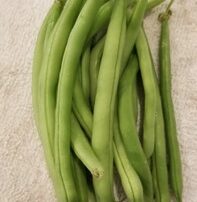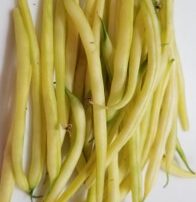We have sixty-two 12’ long x 4’ wide x 3’ tall cinder block planters that we have filled, and will replenish as necessary, with our own earth and compost plus Talon Terra LLC Midwest Best Cow Manure and Peat Humus and Heartland Agronomics LLC and Nuest Humusolver products nutrients.
Each planter can hold ten tomato plants or their equivalent. About thirty of these planters are dedicated to tomatoes (and tomatillos). The remainder are divided roughly equally between peppers, hot and less so; peas (including sugar snaps); green, yellow, and purple beans; eggplants and cucumbers!
We also grow squash and specialty pumpkins, most less than ten pounds, and sell, in season, fresh pumpkin bread, of which we are justifiably proud. Larger, single color, “Halloween” pumpkins, along with excellent blueberries are available from our neighbors to our west on County Road 1000 N.
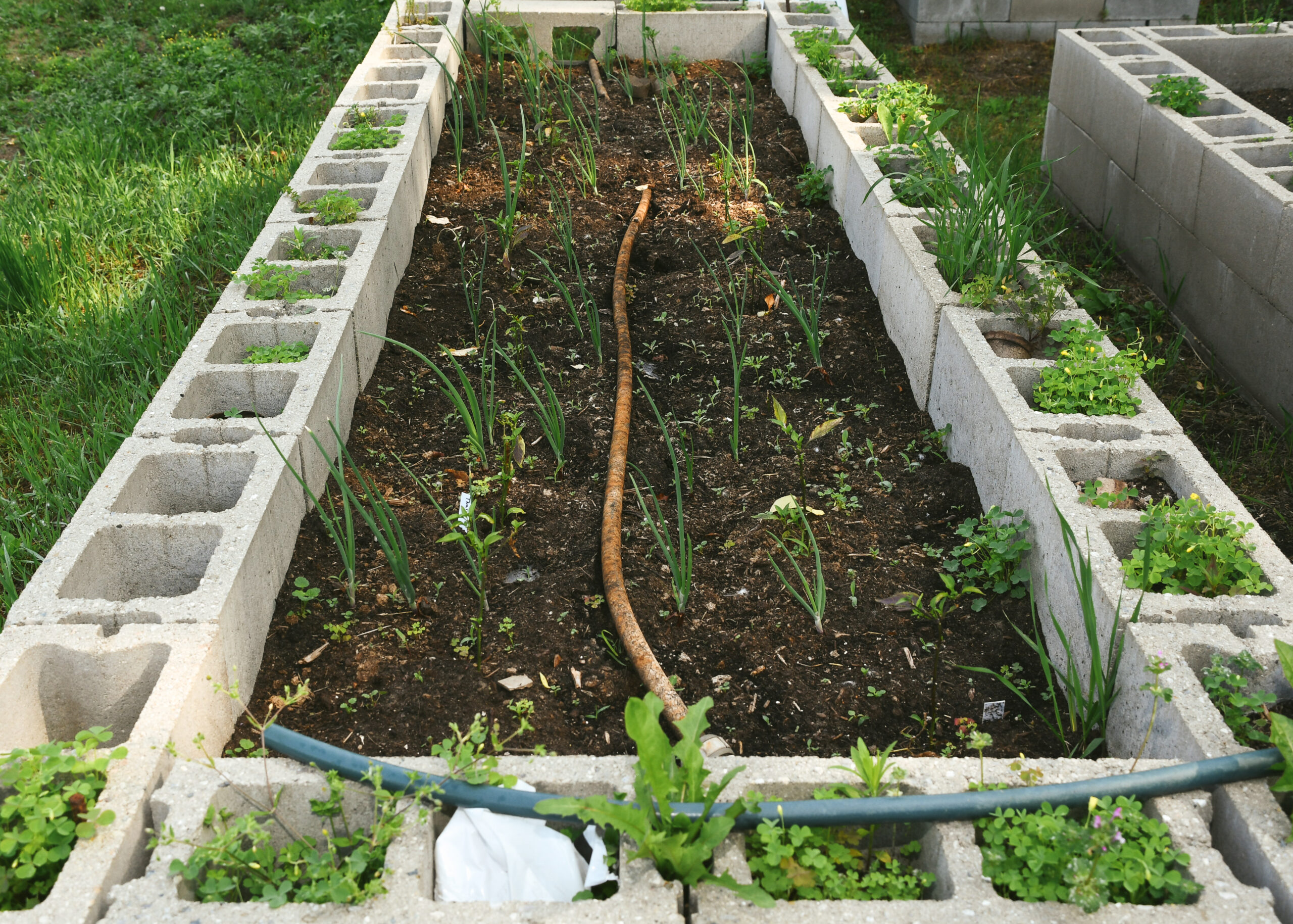
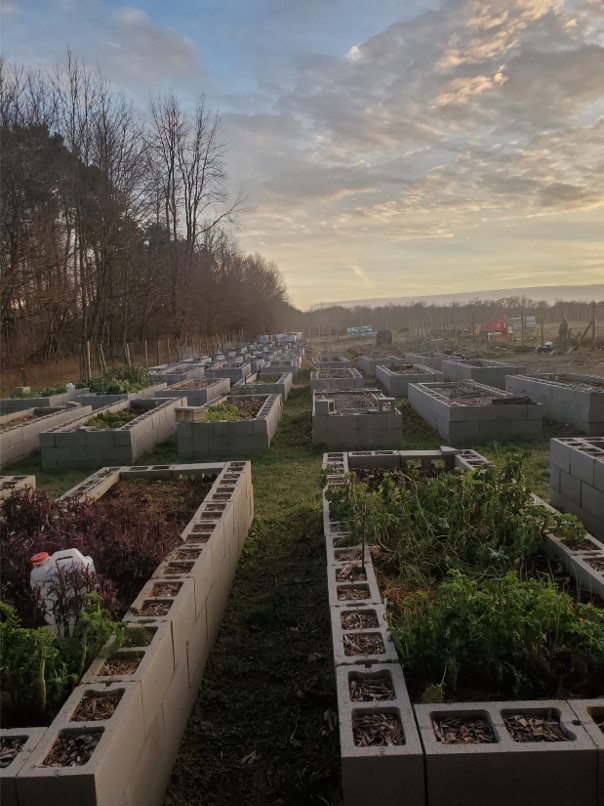
We start seedlings in our garage in mid-February, move them to our greenhouse by the end of March, and plant them as soon after the last frost and the soil temperature reaches 60 F. Last year we had tasty tomatoes and greens through Halloween, but weather is not always so cooperative.
So, if you are interested in a particular product or at a particular time, PLEASE email or call us to see if it is available. Thank you.
Please note that our garden, and our farm, are not Certified Organic. However, we adhere as faithfully as possible to the principles of Integrated Pest Management, which include selection of disease-resistant crops, hand rather than chemical weeding, mechanical barriers such as netting, and preferential use of OMRI-approved insecticides when these do not suffice.
BTW, we live within a hundred feet of the garden, and our bees, who frequent the garden daily, live a quarter mile to the south.
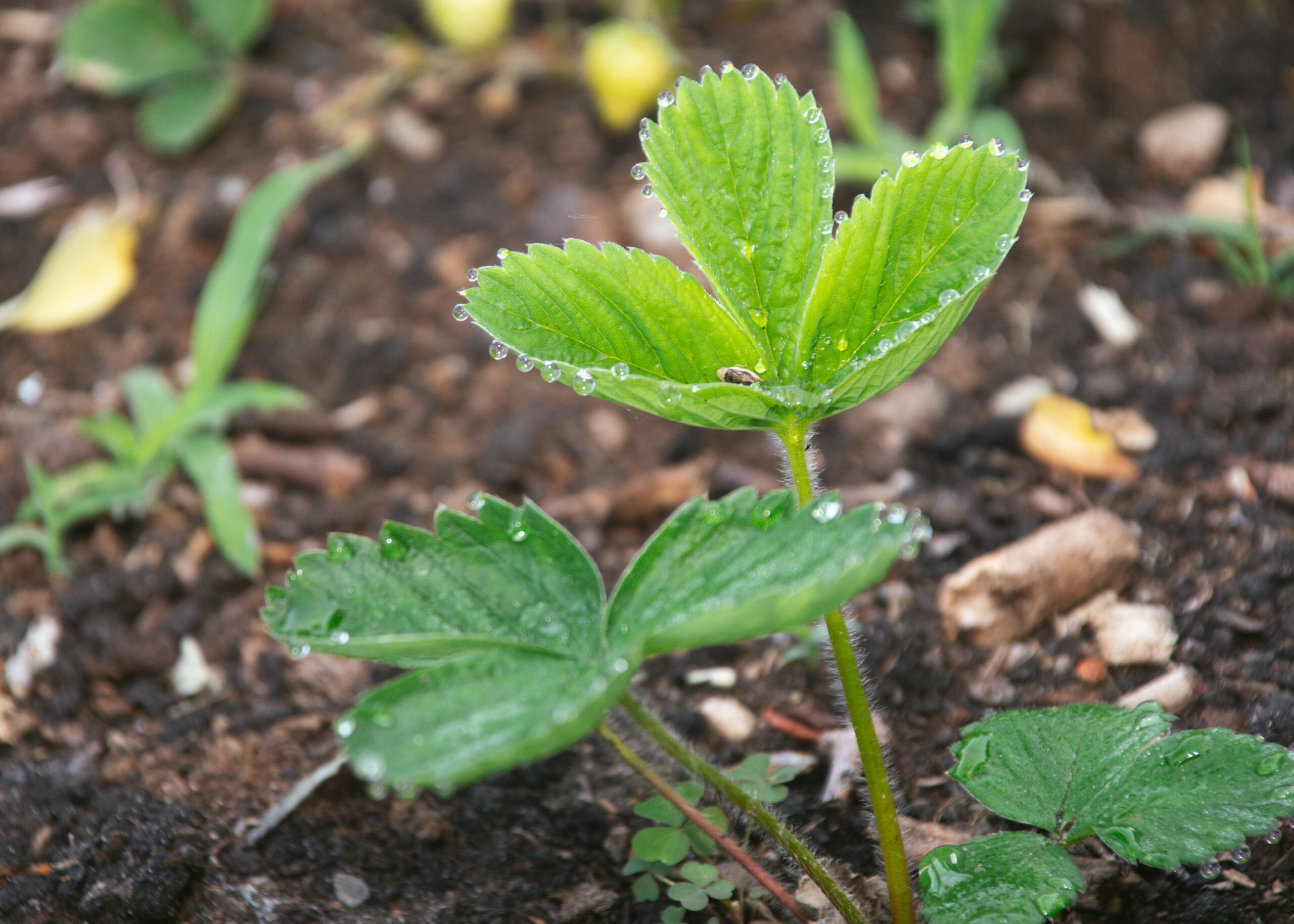
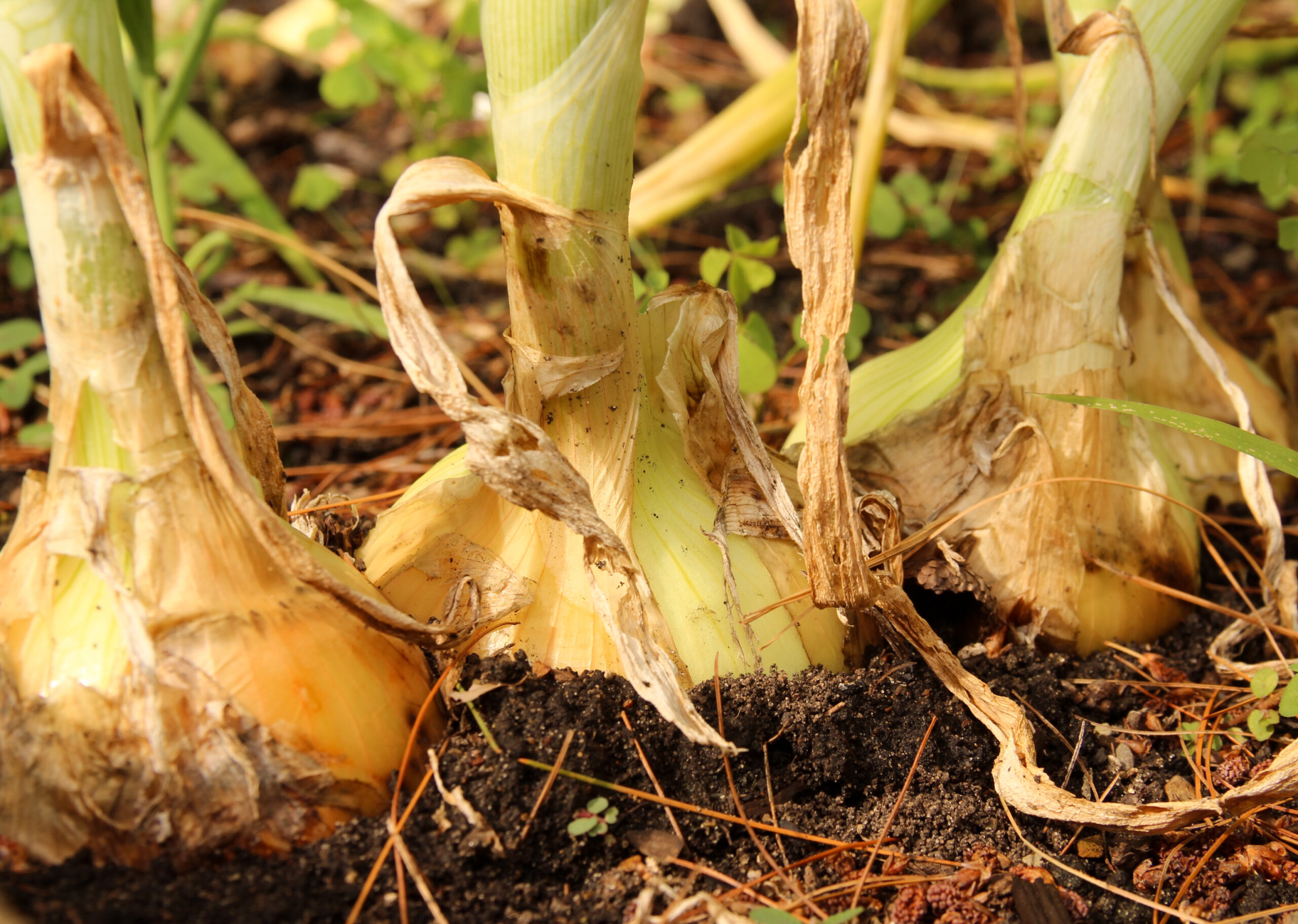
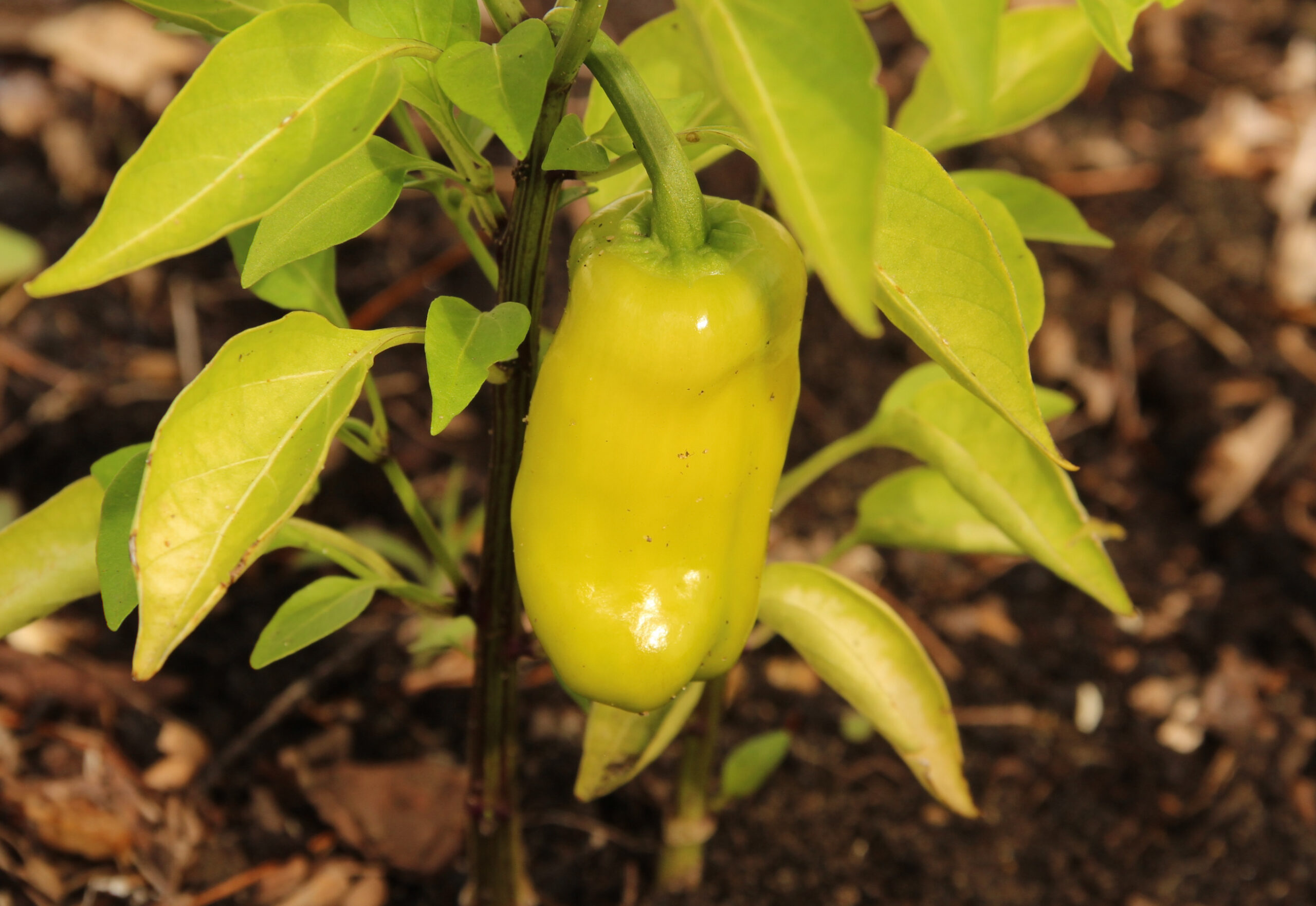
Tomatoes

Peppers (availability may vary)
Emerald Fire Jalapeno
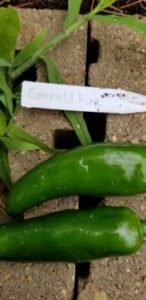
Thai Peppers
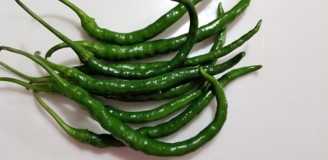
Serano
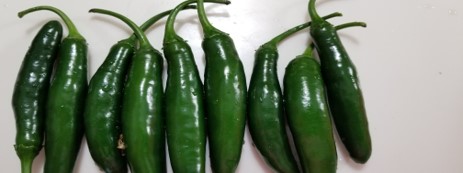
Peas & Beans (nature permitting)
Peas
Sugar Snap Peas (Spring and Fall)
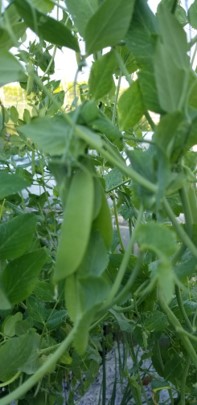
Multicolor Snap Beans (Summer)
Cucumbers
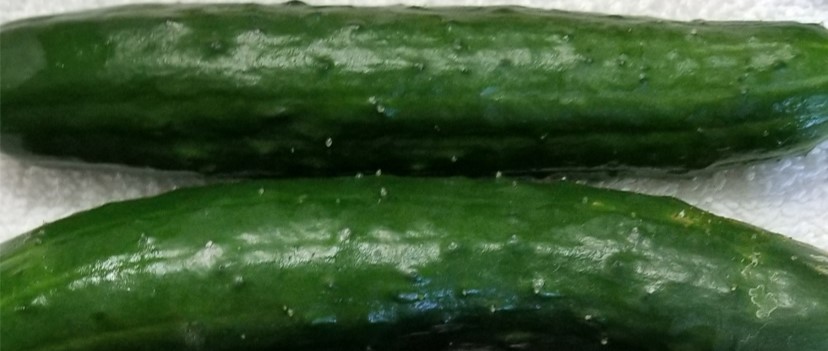
Tomatillos
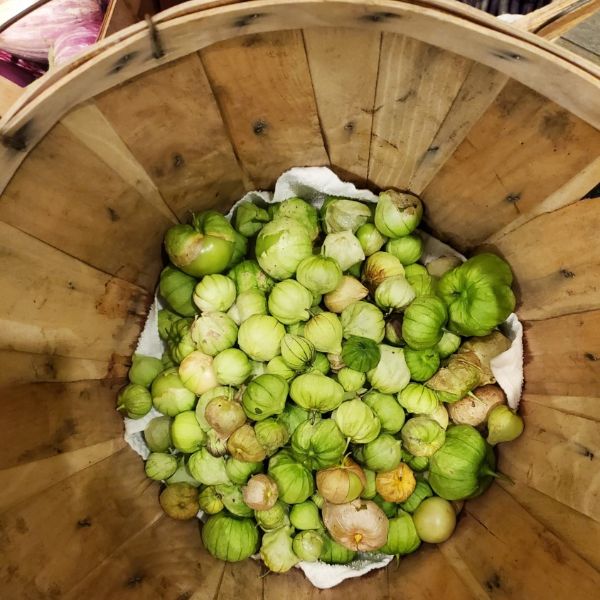
Up North here these don’t mature until late August, but the wait is worth it if you know how to cook them (or, in our case, know someone who really does).
The same is true for our peppers, which range from mild to hotter than you thought they would be. Peppers mature a bit earlier in the summer, but they are still going strong when the tomatillos arrive.
Ditto for our tomatoes, such as the Juliettes, which are great for making tomato paste and, because they are indeterminates, last until the tomatillos arrive.
Supplies may be limited. You have been warned!

